 HydraFacial®
HydraFacial®Sensitive vs. Sensitized Skin: What’s The Difference?
‘Sensitive skin’ has become a buzzword of sorts. But, most of the time, people who think they have sensitive skin actually have sensitized skin. Here’s what you need to know.
Sensitive and sensitized skin, dermatologists say, are often confused — not because they are the same thing but because they manifest in such similar ways. That is to say: If you have redness, itchiness, stinging, or burning, it could be the result of either. So, what’s the difference between ‘sensitive’ skin and ‘sensitized’ skin? Simply put, “sensitive skin is caused by a genetic predisposition, whereas sensitized skin is an acquired condition,” explains Jessica Weiser, MD, a board certified dermatologist in New York City.
‘Sensitive skin’ has become somewhat of a buzzword in beauty, with many skincare products marketing themselves as ideal for it. But, most of the time, those who think they have sensitive skin actually have sensitized skin, says Beverly Hills-based board certified dermatologist Ava Shamban, MD, and that distinction is an important one. Here, we’re breaking down everything you need to know about both kinds of skin sensitivity and how you can manage them.
What Is Sensitive Skin?
As Dr. Weiser explains, sensitive skin is a condition one is predisposed to. This means it does not go away, but it can be managed. People with sensitive skin may have a “damaged, weaker, or just structurally different skin barrier,” Dr. Shamban says. As a result, the skin can be “less resistant and more susceptible to irritation, rash, and dehydration,” she adds.
It’s probably not surprising to learn that patients with sensitive skin are more likely to also have skin conditions like eczema, rosacea, or contact dermatitis. “We can do our best when we know the triggers and can manage the condition,” Dr. Shamban shares, noting that patients can “change their treatment protocols and lifestyle to accommodate sensitive skin.”
Lifestyle adjustments may include avoiding certain cleaning supplies and fragranced products and sticking to gentle skincare and personal care. She advises those with truly sensitive skin to keep it simple and focus on emollient products that support a healthy skin barrier (more on those below!).
What Is Sensitized Skin?
Unlike sensitive skin, sensitized skin is an acquired condition that can be treated and/or resolved by eliminating whatever is triggering it. With that said, Dr. Weiser notes that the hardest part of treating sensitized skin is figuring out what’s causing the sensitization. Triggers can include “cold weather with low humidity, dry indoor heat, heavy pollution, aging, over-cleansing, or excessive exfoliation,” she explains, adding that we often don’t realize we’re in environmental circumstances that are irritating or know we’re overdoing it with harsh products or ingredients until our skin has already paid the price.
More often than not, Dr. Shamban says sensitized skin just needs some time to recover, at which point it will naturally resume normal function. So, if your skin became sensitized as a result of adding, say, a retinoid into your skincare routine, you will likely be able to continue using it — although you may need to reconsider the dose and/or frequency of application.
How to Manage Sensitive & Sensitized Skin
Whether your skin sensitivity is genetic and chronic or acquired and temporary, a less-is-more approach to skincare is often recommended. However, skincare products that fortify the skin barrier and restore moisture can be beneficial. Below are a few favorites that fit the bill:
The Cleanser: Cottin Shake Creamy Gel Cleanser
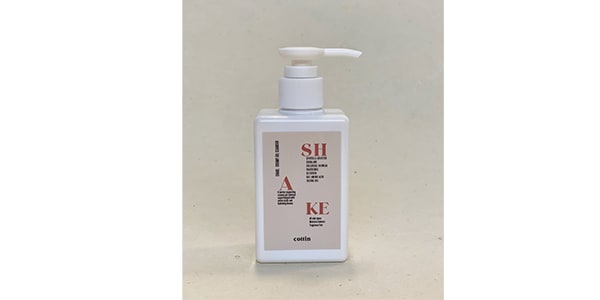
This milky, fragrance-free cleanser is filled with soothing ingredients (think: colloidal oatmeal, centella asiatica, and squalane) that thoroughly cleanse the skin without stripping it. The result? The skin barrier is maintained post-cleanse. $24, cottin.co
The Exfoliating Serum: Neostrata Reactive Skin Neutralizing Serum
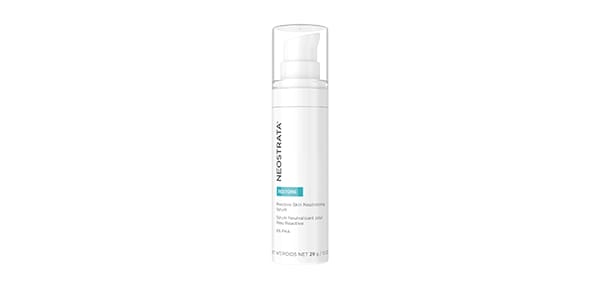
A soothing serum that also gently exfoliates, the sensitive skin-friendly formula features a calming blend of willowherb and algae extract to minimize redness and polyhydroxy acids (in the form of gluconolactone and lactobionic) to slough away dead skin cells. $78, dermstore.com
The Face Cream: Skinceuticals Triple Lipid Repair
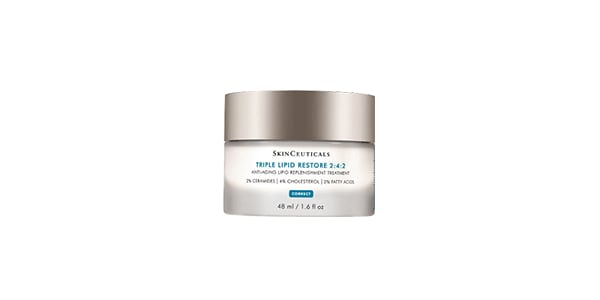
There’s a reason this rich cream is a dermatologist-favorite. It replenishes dry skin and restores weakened barriers with natural cholesterol, pure ceramides, and fatty acids, while antioxidants (think: vitamin E) support cellular repair and defend against environmental damage. $130, dermstore.com
The Nourishing Serum: Naturopathica Marshmallow & Ceramide Sensitivity Soothing Serum
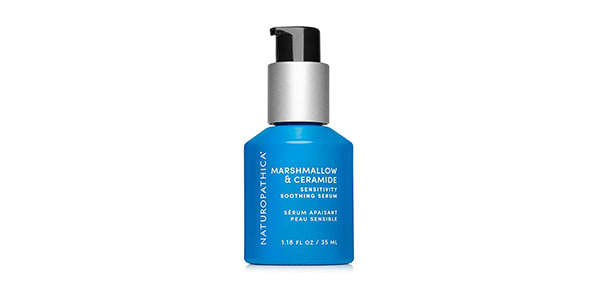
Soothe itchy, redness-prone skin with this milky serum that combines the hydrating and barrier repair powers of ceramides with the emollient properties of marshmallow extract and the conditioning benefits of evening primrose oil. $90, naturopathica.com
The Multitasker: Kinfield S.O.S. Rescue Mask
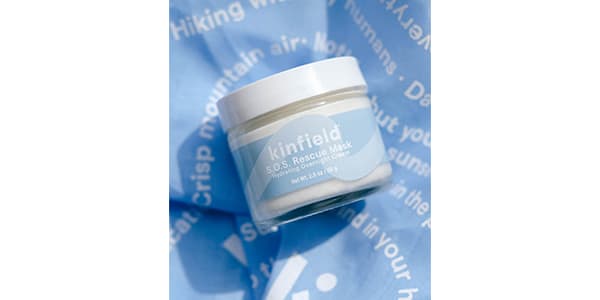
This creamy mask (which can be used as a 10-minute quick fix, traditional moisturizer, or overnight treatment, depending on your preference) is packed with reparative ceramides, soothing chamomile, and nourishing avocado oil — to name just a few of its skin-soothing ingredients. $26, kinfield.com
The Takeaway
If you are concerned about why your skin seems sensitive, don’t try to self diagnose or treat with a barrage of products that may do more harm than good. It is important to consult with a board certified dermatologist to determine the cause of the sensitivity, rule out any other skin conditions, and create a plan of action to manage or treat it. While sensitized skin will often resolve itself, sensitive skin may require longer-term attention. Regardless, your dermatologist will be able to help you get to the bottom of it.
All products featured are independently selected by our editors, however, AEDIT may receive a commission on items purchased through our links.
More Related Articles
Related Procedures

AI Plastic Surgeon™
powered by'Try on' aesthetic procedures and instantly visualize possible results with The AI Plastic Surgeon, our patented 3D aesthetic simulator.
